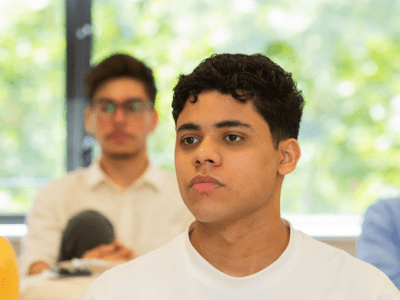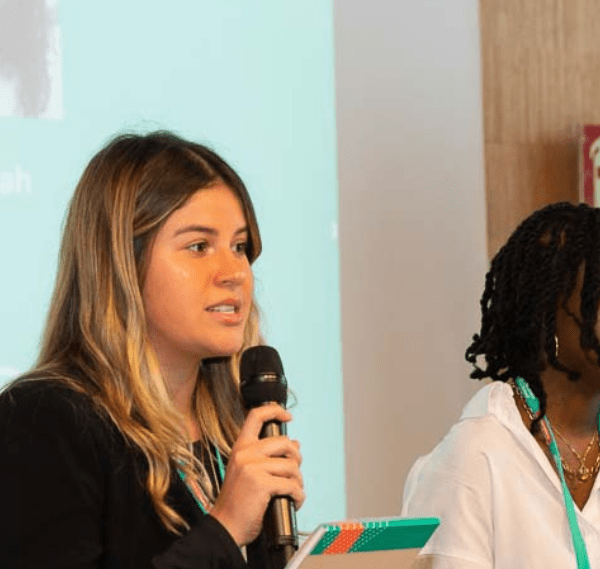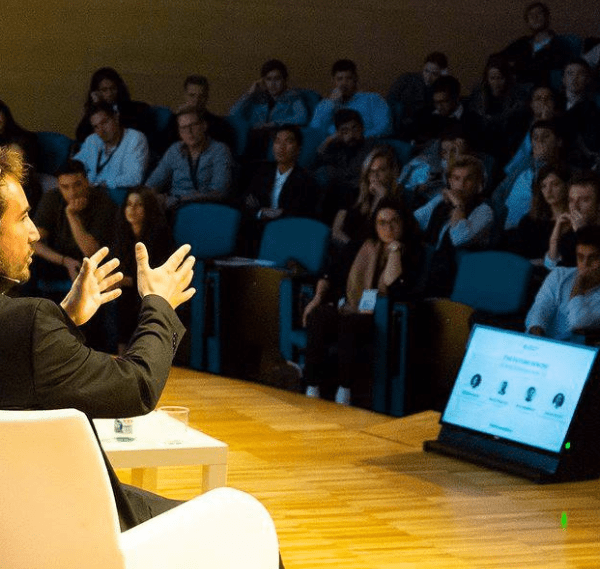The Challenges of Chat GPT in Higher Education
The buzz surrounding ChatGPT has not died down since its launch in November 2022. Every day, there are more headlines about the uses and dangers of AI-generated content. Writers, artists and software developers have all expressed concern about the negative effect that tools like ChatGPT are likely to have on their industries. Education professionals have also added their voices to the mix, saying it has the potential to change on a permanent basis how people teach and learn.
One of the biggest challenges of ChatGPT is how to be sure that students are turning in their own work. This isn’t a new problem. Apps such as Photomath, launched in 2014, enable students to take photos of their maths homework and obtain the answers, and there are also affordable essay writing services for students available online. The difference is that educators are more aware of these options and can therefore work around them.
It is the job of an educator to ensure that graduates leave their schools and universities with the skills they need to succeed in today’s market. AI technology isn’t going anywhere – on the contrary, it’s becoming increasingly sophisticated – so it’s important that you know how to utilise the benefits of programs like ChatGPT, while being aware of the challenges they present.
In this article (written by a human), we examine the potential applications for ChatGPT in and out of the classroom, the challenges of ChatGPT in higher education, and how teachers can maintain academic integrity through changing times.


Potential Applications for ChatGPT
In an article for Social Science Space, Katie Metzler (VP of Books and Social Science Innovation at SAGE Publishing) asked ChatGPT to write a blog post about how the tool will transform higher education. Here are some of the points it came up with:
- Imagine being able to write a research paper or essay with the help of ChatGPT. Simply provide the model with your thesis statement and some key points, and ChatGPT will generate sentences and ideas based on your input. This could help you to overcome writer’s block and to generate more original and nuanced arguments.
- Imagine being able to quickly review a large number of academic articles by using ChatGPT to generate summaries or abstracts. This could save you hours of time and effort, allowing you to focus on the most relevant and important information.
- Imagine being able to use ChatGPT to generate practice questions for exams or quizzes, allowing you to test your knowledge and prepare for upcoming assessments.
- Imagine being able to get personalized feedback on your written assignments by using ChatGPT to provide suggestions for improvement based on the content of your submission. This could help you to identify areas for growth and to improve your writing skills.
- Imagine being able to use ChatGPT to generate responses to frequently asked questions in a particular subject area, making it easier for professors or teaching assistants to answer common questions from students.
- Imagine being able to use ChatGPT to generate reports or summaries of data, or to assist with data analysis. This could help researchers to quickly and accurately identify trends and patterns in their data.
- Imagine being able to use ChatGPT to generate lesson plans or teaching materials, allowing educators to save time and effort when preparing classes.


The Challenges of ChatGPT in Higher Education
If ChatGPT is to be believed, AI tools have a lot of potential use cases in higher education, which could help both students and teachers to prepare for class. Some higher education institutions have already put these into practice, using ChatGPT to generate syllabuses or example code for students to take a crack at. However, when Metzer was researching the cons of ChatGPT, the app itself acknowledged that it presents “significant risks and dangers” to learning.
Educators would probably say the biggest challenge that ChatGPT presents in higher education is that it increases the risk of students cheating on their assignments. But it’s also important to consider:
1. Bias and Stereotypes
ChatGPT has absorbed incredible amounts of textual data from the Internet without discriminating the source or origin of the information. This means that its responses may contain harmful biases and stereotypes that discriminate against various demographics. Students and teachers need to be aware that ChatGPT is therefore not objective; anything it produces should be examined closely for prejudice and bias.
2. Misinformation
Similarly, because ChatGPT is trained on large amounts of indiscriminate data from across the Internet, it’s highly possible that it will generate incorrect information. Students and teachers must take care when using the chatbot, because misinformation could have a serious negative effect on a student’s education. Not only could it mean getting a lower grade or even failing an exam because they have been told the wrong answer, but it might also impact their understanding of a certain topic, which they would then carry forward with them following graduation.
3. Classroom Engagement
If teachers rely exclusively on machine learning to find answers for frequently asked questions, students may also turn to ChatGPT and other AI tools in favor of asking their educators, increasing the chances of them receiving misinformation and lowering classroom engagement levels. What is more, giving all students the same answers and feedback generated by ChatGPT erases the different perspectives you might otherwise find in the classroom, shutting down opportunities for discussion. Machine learning may leave some students behind, as it does not account for different learning and teaching styles. There can be no “one size fits all” approach to education.


How to Overcomes the Challenges of ChatGPT
So, how do you balance the potential risks with the possible rewards of using ChatGPT in higher education?
The answer is: be transparent, be consistent, be realistic, and make sure students know how to use AI safely.
It’s up to colleges, faculties, departments and individual educators to decide how much they want to incorporate ChatGPT into their teaching (if they do at all) and whether students can use it to help them with assignments. The most important thing is to set your expectations. Be very clear about if or when AI tools may be used to prevent miscommunication.
If you do allow students to use ChatGPT or other AI tools, make sure they are aware of the pitfalls surrounding bias, miscommunication and plagiarism.
The advice from Chat GPT on the matter is:
- Educate students and educators on the ethical use of AI technology, including ChatGPT, in academic settings.
- Develop guidelines and policies for the use of ChatGPT in academic work, and make sure that students and educators are aware of and follow these guidelines.
- Monitor the use of ChatGPT in academic settings and take appropriate action if it is used for cheating or other unethical purposes.
- Use ChatGPT in ways that support learning and academic achievement, rather than as a replacement for traditional forms of assessment. For example, ChatGPT could be used to provide personalized feedback and support to students, rather than as a tool for generating entire papers or exams.
- Incorporate critical thinking and ethical reasoning into the curriculum, to help students develop the skills and habits necessary to use ChatGPT and other AI technology responsibly.
AI is innovation in action. If you are interested in pursuing an business qualification with a focus on technology, EU Business School offers a range of programs from Information Systems and Data Science to Cloud Computing and Digital Marketing.












